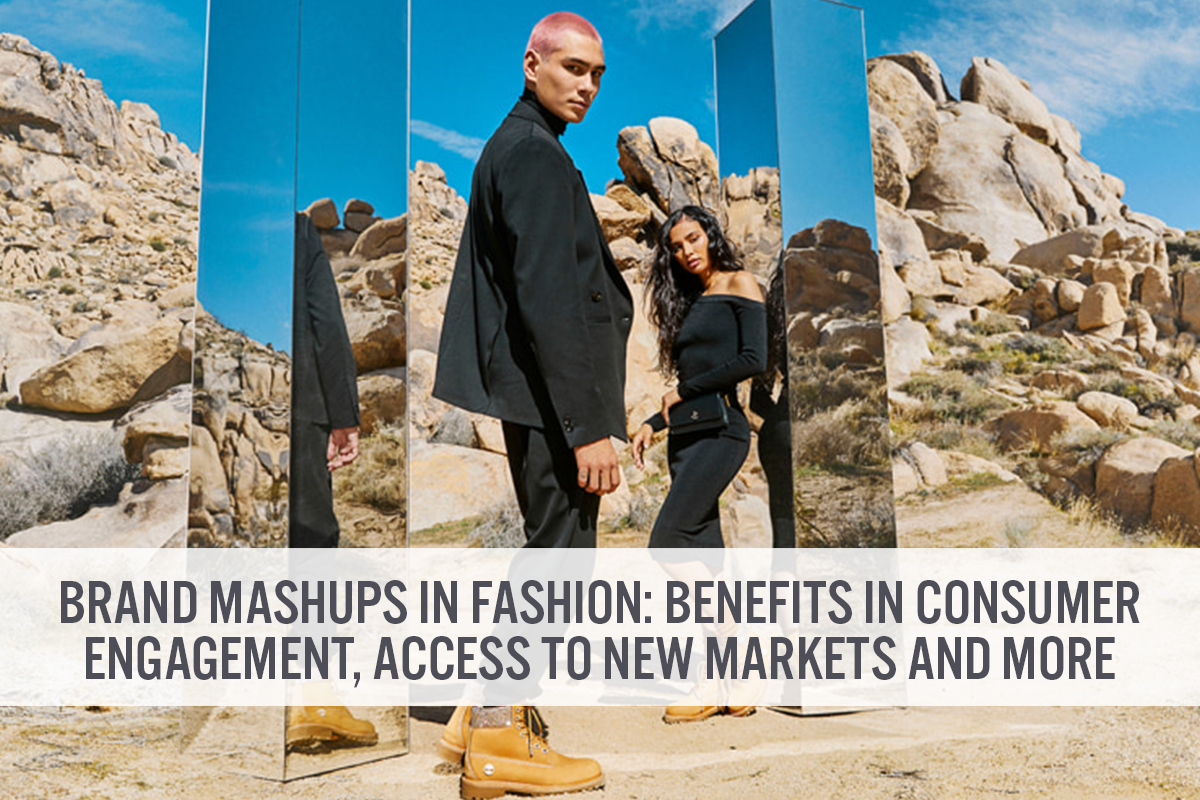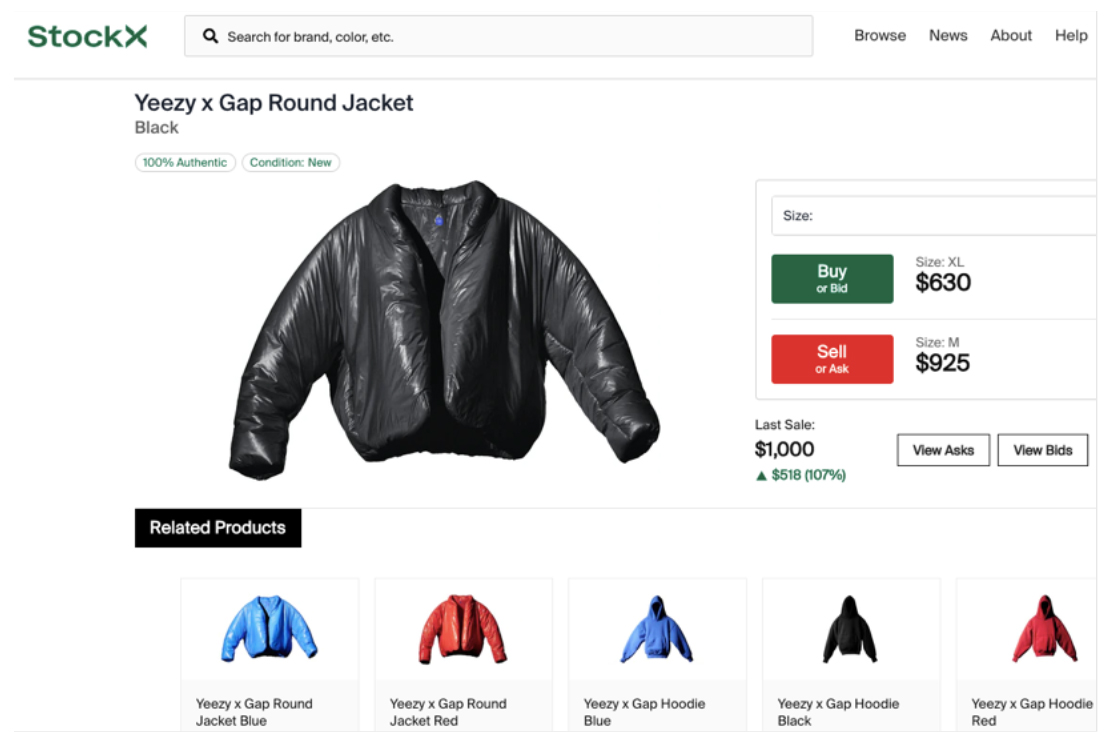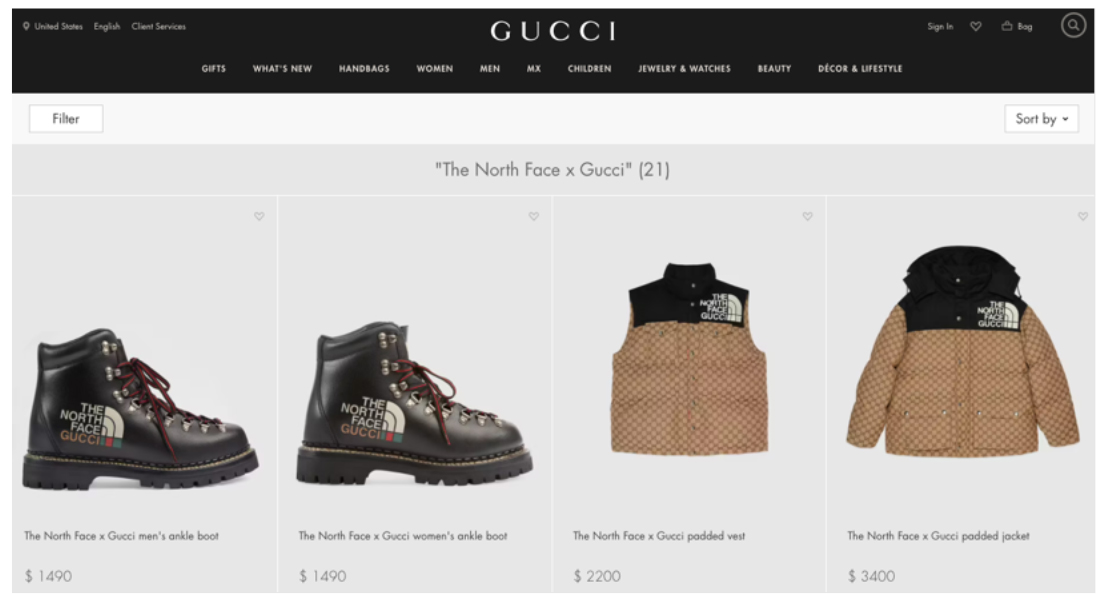
DIpil Das
Introduction
What’s the Story? In 2021, we saw a strong recovery in consumer demand worldwide—especially in the apparel and footwear category. In this context, we continue to see companies turn to brand mashups, whereby two brands collaborate with each other to launch new projects and products. This strategy creates synergies that effectively leverage the unique strengths of each brand, and the limited-edition nature of the products drives sales. In several cases, brand mashups comprise partnerships between highly dissimilar brands—creating highly differentiated products, and ones that have the social media “shareability” factor, magnifying the marketing impact of these alliances. In this report, we look at recent brand mashups that are helping fashion (apparel, footwear and accessories) brands and retailers sustain consumer interest and drive recovery in demand in a pandemic-impacted retail environment. We break down the three primary advantages of the brand-mashup strategy in the global fashion industry.Why It Matters
While brand mashups have existed for years, this strategy has become more important in the pandemic-impacted retail landscape, as companies look for ways to remain relevant and attract customers. US consumers are drawn to co-branding partnerships that are executed efficiently, according to a May 2021 survey by Visual Objects, a US-based portfolio website for business-to-business consumers seeking leads:- 71% of respondents said that they enjoy co-branding partnerships—encouraging multiple brands to come together to offer a unique product.
- 61% of respondents occasionally avoid buying products with negative brand equity—highlighting the need for brands and retailers to carefully choose a co-branding partner.
- 43% of respondents would try a co-branded product from a brand or retailer that they already support—making cross-branding a strong opportunity to re-engage returning shoppers.
- 41% of consumers would consider a brand’s values and mission when making a buying decision—emphasizing that co-branding partners should ensure that their values align.
Brand Mashups in Fashion: Coresight Research Analysis
It is important for apparel and footwear brands and retailers to measure the return on investment (ROI) of brand mashups by analyzing key metrics such as resale price. In Figure 1, we present selected brand mashups in the global fashion industry in recent years. Below, we discuss some of these mashups in detail as we explore the three major advantages of the strategy for fashion brands and retailers.Figure 1. Key Metrics of Select Brand Mashups in Fashion [wpdatatable id=1606]
Source: Company reports/eBay/Farfetch/Lyst//The RealReal/Stockx/WWD/Coresight Research 1. Drive Consumer Engagement Brand mashups can drive online engagement as consumers are attracted by the limited-time appeal and uniqueness of collaborations. Customers are likely to use social media to share content related to a brand mashup if they find it interesting or appealing. A machine-learning algorithm by Launchmetrics, a digital marketing platform, analyzes the impact of a brand’s marketing and public relations (PR) efforts across channels and markets, with the resulting “media impact value” (MIV) being a monetary value that provides a measure of the return on investment (ROI) of a marketing campaign (taking into account factors such as the reach and quality of the content). This enables brands to compare results across various voices, channels, media types, time periods, products and regions, for example, to benchmark performance. In Figure 2, we present three brand mashups involving apparel and footwear companies that managed to generate strong MIV within one month of the collection’s launch—and we discuss each collaboration below.
Figure 2. Select Apparel and Footwear Brand Mashups: Media Impact Value Within One Month of Launch (USD Mil.) [caption id="attachment_139287" align="aligncenter" width="700"]
 Source: Launchmetrics [/caption]
Source: Launchmetrics [/caption]
- Jimmy Choo x Timberland
- Supreme x Nike
- Staud x New Balance
- Yeezy x Gap
 Previously owned Yeezy x Gap jacket for sale at nearly three times the original price on Stockx
Previously owned Yeezy x Gap jacket for sale at nearly three times the original price on Stockx Source: Stockx [/caption] 3. Expand into New Categories and Markets When they involve companies from different retail segments, brand mashups provide companies with access to new markets and trends.
- Coach x Champion
 Previously owned Coach x Champion’s leather shorts and jackets for sale on resale platform The RealReal
Previously owned Coach x Champion’s leather shorts and jackets for sale on resale platform The RealReal Source: The RealReal [/caption]
- The North Face x Gucci
 The North Face x Gucci collection on the Gucci online store
The North Face x Gucci collection on the Gucci online storeSource: Gucci [/caption]
What We Think
Brand mashup is a useful strategy for brand owners and retailers looking to increase brand awareness, bolster brand image and reputation, increase sales and expand into new markets or categories. Brand mashups bring together the most unlikely parties at times and offer an element of surprise and uniqueness to consumers. However, a co-branded collaboration needs to be strategic and logical, and brands and retailers should be careful while choosing partners—negative brand equity can have a substantial impact on the outcome of the alliance. Furthermore, both companies need to have shared mission and values or some commonality to their brand image; otherwise, they risk eroding brand reliability. Implications for Brands/Retailers- Brand mashups harness creativity and innovation, with partnering companies striving to create differentiated products, synergize their resources and generate a competitive edge. Apparel and footwear brands and retailers can look to collaborate with brands in different retail segments, such as luxury and beauty, to drive creativity and consumer curiosity.
- Partnering companies can benefit from the status and existing customer base of the other brand—which helps to bolster sales. Furthermore, brand mashups can help brands and retailers to learn from the strategies of those they collaborate with and draw insights from markets to which they do not otherwise have access.
- Brand owners and retailers considering a co-branding opportunity should understand the image and values of the other brand. Identify the compatibility of the two companies in terms of strategic goals and campaigns and evaluate any potential risks.
- It is important to measure the ROI of brands mashups through data on key metrics such as resale price, social media impressions and sales.